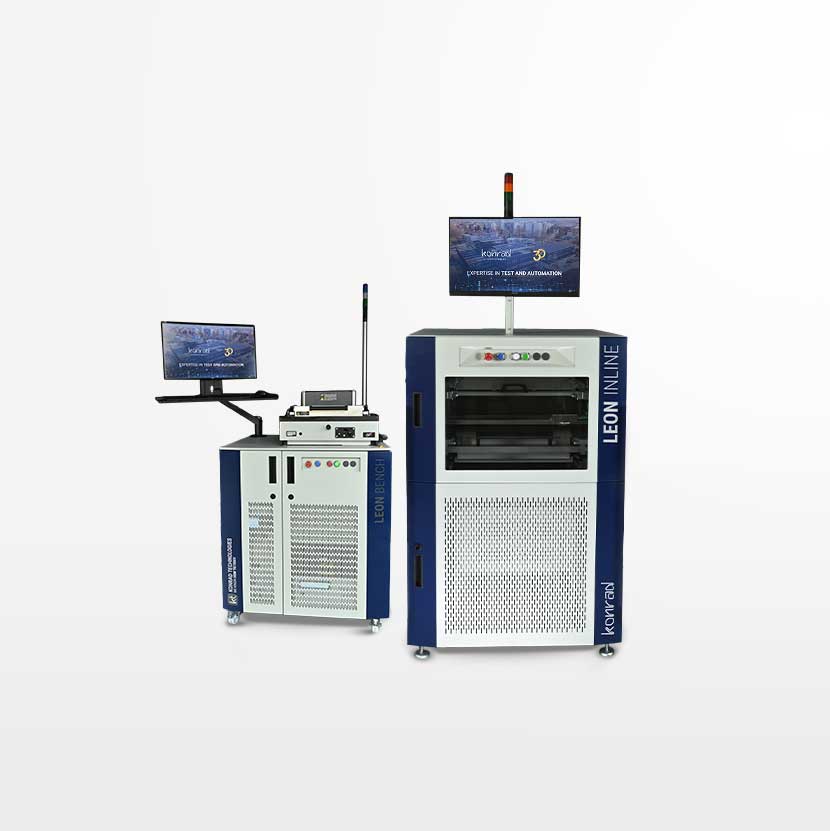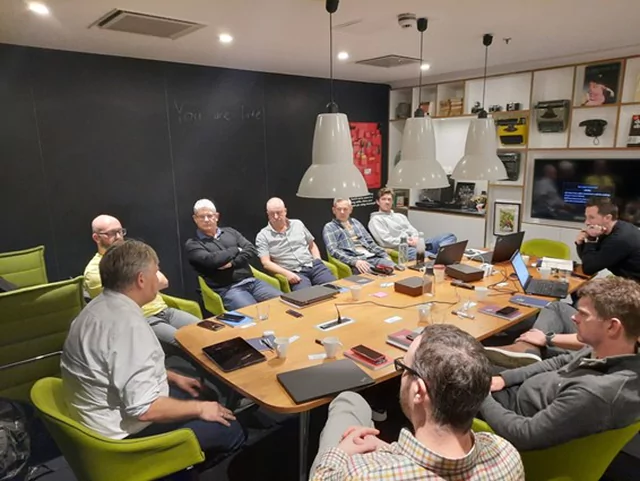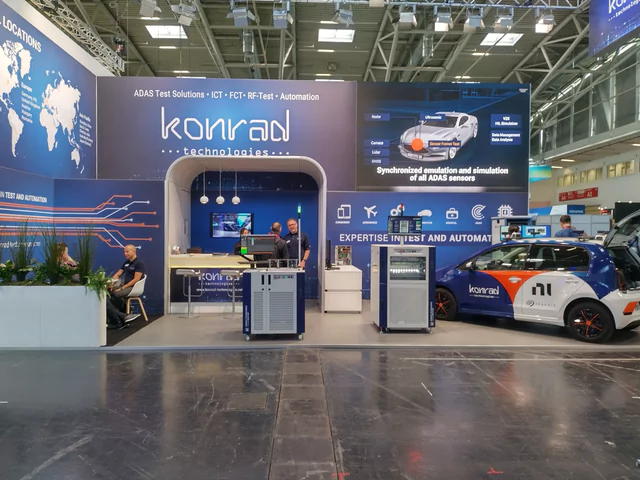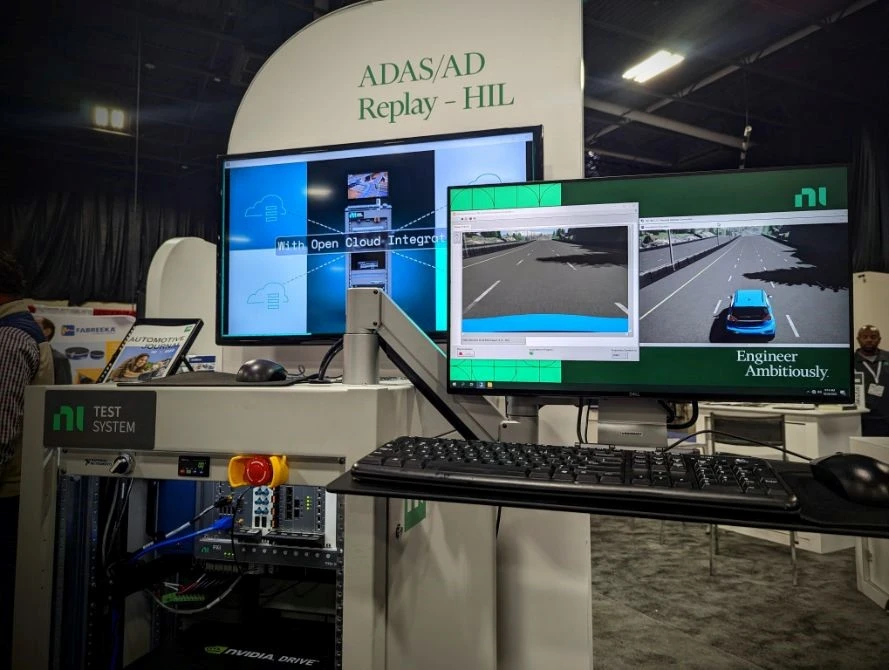
Better Radar Systems in Cars: Research Project Aims to Increase the Efficiency and Safety of Automated Driving
November 21, 2023 | News | KonradTechnologies
The future of autonomous vehicles is moving towards reality with advancements in sensor technologies. In a groundbreaking collaborative effort between academia and industry, a new research project seeks to revolutionize radar systems in vehicles, focusing on their optimal integration into plastic surfaces such as bumpers and mirrors. The initiative aims to embed electronic components directly onto three-dimensional injection-molded parts, marking a departure from conventional circuit board integration.
The project, titled "MID4Automotive – Structurally Integrated Electronics Using Injection Molding for Improved Radar Systems in Automobiles," has garnered significant support from the Federal Ministry of Education and Research (BMBF) and the Netherlands Enterprise Agency (NEA). Over a three-year period, a substantial investment of 4.98 million euros will fuel the collaboration within the European EUREKA Cluster.
Design Innovation for Enhanced Performance
The project team is employing 3D-MID technology, where "MID" stands for "Molded Interconnect Device" or "Mechatronic Integrated Device." This technology enables the attachment of three-dimensional conductor tracks to the surface of injection-molded plastic parts, transforming them into circuit carriers for electronic or mechatronic assemblies. Pascal Kneuper, a specialist from the Heinz Nixdorf Institute, emphasizes, "The technology offers more advantages and flexibility compared to traditional modular construction. It allows a high degree of design freedom while simultaneously miniaturizing and reducing weight."
Strategic Placement for Precision
Traditionally, radar systems for environmental detection have been concealed behind panels in specific vehicle areas for aesthetic reasons. The ambitious goal of the project is to position radar systems optimally around the vehicle using 3D MID technology, seamlessly integrating them into plastic surfaces like bumpers, side strips, or mirror housings. This not only enhances design flexibility but also allows for more precise angle detection.
Considering the importance of reliability in vehicle systems, the project team is dedicated to further developing the technology to meet the rigorous demands of automotive applications. Future applications may extend beyond radar systems to include the integration of wireless communication systems within vehicles.
Partners Driving Innovation
The collaborative effort brings together a consortium of leading institutions and industrial partners. Key contributors include the Fraunhofer Institute for Mechatronics Design IEM, Heinz Nixdorf Institute, TU Eindhoven, and the Netherlands Organization for Applied Scientific Research (TNO). The industrial partner, Konrad Technologies, serves as the association coordinator, playing a pivotal role in project coordination. Other industry collaborators include Fujikura Technology Europe GmbH, MID Solutions GmbH, Lackwerke Peters GmbH & Co. KG, NXP Semiconductors Germany GmbH, Volkswagen Group, perisens GmbH, Mitsubishi Chemical Europe Technical Center BV, Astron, and ItoM (Semiconductor Ideas to the Market).
The collaboration between academia and industry underscores the importance of collective expertise in propelling technological innovation forward.






















